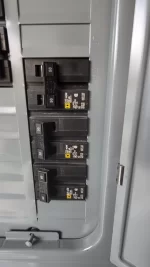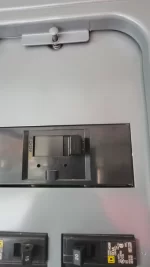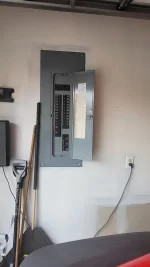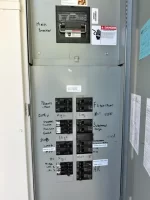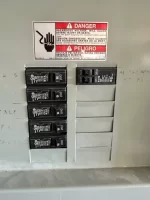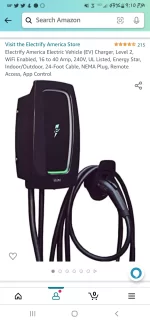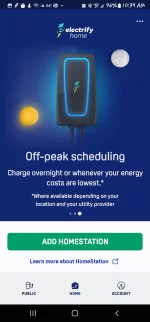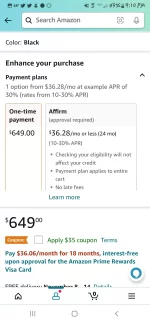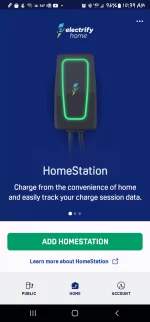- Joined
- Jun 22, 2022
- Messages
- 56
- Reaction score
- 44
Probably not. The main issue is repeated plugging and unplugging can wear out the outlet, and people do this when they store the cable in their trunk regularly. I wouldn't stress too much about it.
The industrial grade Hubbel 14-50R receptacle is less than $90. A cheaper one is not worth a second thought.
Straight Blade Devices, Receptacles, RTP, Industrial Grade, 3-Pole 4-Wire Grounding, 50A 125/250V, 14-50R, Black, Single Pack. | HBL9450A | Hubbell Wiring Device-Kellems
Designed for plug-in EV charging applications, Hubbell’s 14-50R receptacle is a premium and dependable solution to exceed the requirements of electric vehicle owners. This receptacle ensures a safe and efficient charging experience, providing peace of mind to EV users.

